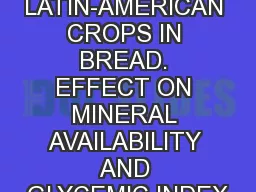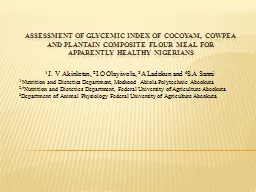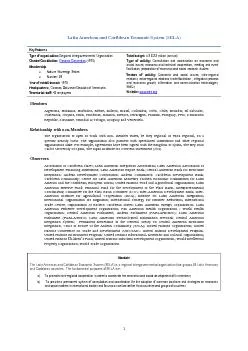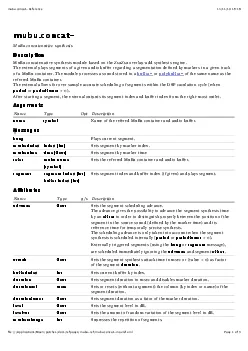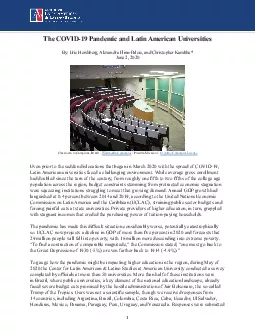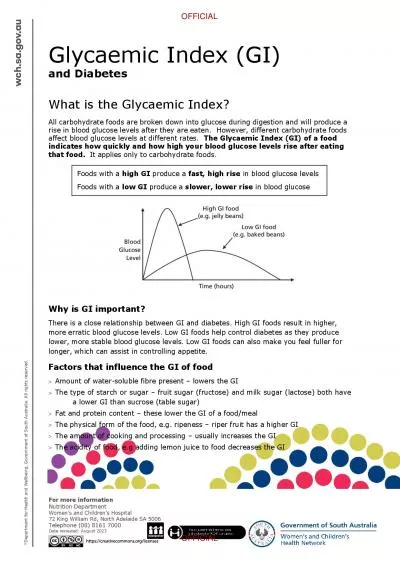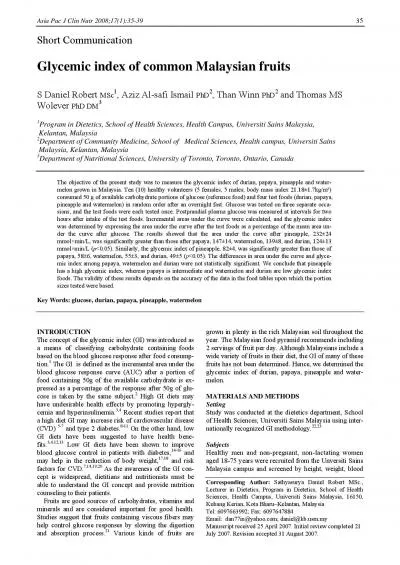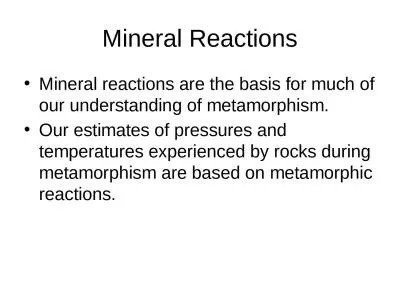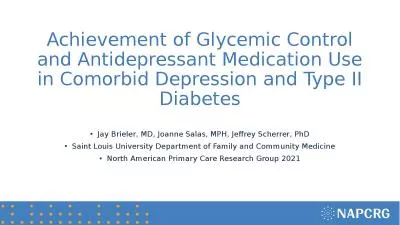PPT-USE OF ANCIENT LATIN-AMERICAN CROPS IN BREAD. EFFECT ON MINERAL AVAILABILITY AND GLYCEMIC
Author : min-jolicoeur | Published Date : 2018-07-02
Haros CM IglesiasPuig E and Laparra M Institute of Agrochemistry and Food Technology IATACSIC Av Agustín Escardino 7 Parque Científico 46980
Presentation Embed Code
Download Presentation
Download Presentation The PPT/PDF document "USE OF ANCIENT LATIN-AMERICAN CROPS IN B..." is the property of its rightful owner. Permission is granted to download and print the materials on this website for personal, non-commercial use only, and to display it on your personal computer provided you do not modify the materials and that you retain all copyright notices contained in the materials. By downloading content from our website, you accept the terms of this agreement.
USE OF ANCIENT LATIN-AMERICAN CROPS IN BREAD. EFFECT ON MINERAL AVAILABILITY AND GLYCEMIC: Transcript
Download Rules Of Document
"USE OF ANCIENT LATIN-AMERICAN CROPS IN BREAD. EFFECT ON MINERAL AVAILABILITY AND GLYCEMIC"The content belongs to its owner. You may download and print it for personal use, without modification, and keep all copyright notices. By downloading, you agree to these terms.
Related Documents

